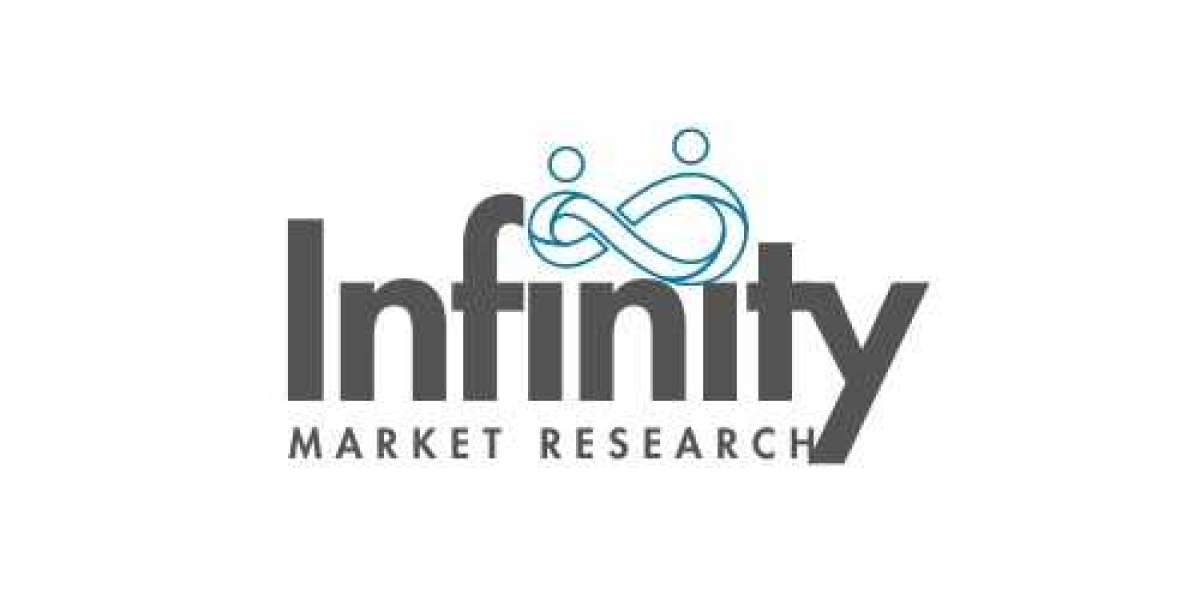


Assuming a CAGR of 19.3% between 2023 and 2033, the size of the global biohacking market is projected to reach around USD 133.6 billion by 2033
The biohacking market is an emerging and rapidly evolving sector at the intersection of biology, technology, and personal wellness. Biohacking refers to the practice of using science and technology to enhance the human body’s capabilities and optimize overall health. This burgeoning market is driven by a growing consumer interest in health, wellness, and self-improvement, as well as advancements in biotechnology and wearable technology.
Assuming a CAGR of 19.3% between 2023 and 2033, the size of the global biohacking market is projected to reach around USD 133.6 billion by 2033, up from USD 22.7 billion in 2023.
Market Overview
The biohacking market encompasses a wide range of products and services, including dietary supplements, wearable devices, smart drugs, genetic engineering, and DIY biology kits. The market is segmented into various categories such as nutrigenomics, DIY biology, wearables, and nootropics. These segments cater to different aspects of health and wellness, from cognitive enhancement to physical performance and longevity.
Nutrigenomics: This segment focuses on how food and supplements affect gene expression and overall health. Personalized nutrition plans based on genetic testing are gaining popularity as consumers seek tailored approaches to diet and wellness.
DIY Biology: This submarket includes home laboratory kits and community labs where enthusiasts experiment with genetic engineering, synthetic biology, and other biological sciences. It reflects a grassroots movement aimed at democratizing science and empowering individuals to explore biology beyond traditional academic and corporate settings.
Wearables: Wearable devices like fitness trackers, smartwatches, and implantable sensors monitor various physiological parameters such as heart rate, sleep patterns, and activity levels. These devices provide real-time data that users can leverage to optimize their health and performance.
Nootropics: Also known as smart drugs or cognitive enhancers, nootropics are substances that improve cognitive functions such as memory, creativity, and motivation. This segment includes both natural supplements and synthetic compounds.
Market Drivers
Several factors are driving the growth of the biohacking market. First, there is an increasing consumer awareness and interest in health and wellness. People are more proactive about their health and are seeking ways to improve their physical and mental performance. This trend is particularly evident among millennials and Gen Z, who are more inclined towards preventive healthcare and personalized solutions.
Second, technological advancements in biotechnology, wearable technology, and data analytics are making biohacking more accessible and effective. The integration of artificial intelligence and machine learning with wearable devices allows for sophisticated data analysis and personalized recommendations, enhancing the user experience.
Third, the rise of the quantified self-movement, where individuals use data to understand and improve their bodies, is fueling the demand for biohacking products. The availability of affordable genetic testing and advanced biometrics enables users to gain insights into their unique biological makeup and tailor their lifestyle accordingly.
Get Free Sample Copy Of Report: https://infinitymarketresearch.com/request-sample/1115
Key Players:
Apple Inc., Thync Global Inc., The ODIN, Moodmetric, Muse (Interaxon Inc.), Thriveport LLC, Fitbit Inc., OsteoStrong, HVMN Inc., TrackMyStack, Other Key Players.
Challenges and Risks
Despite its potential, the biohacking market faces several challenges and risks. One of the main concerns is the regulatory landscape. The rapid pace of innovation in this sector often outstrips regulatory frameworks, leading to uncertainties and potential risks for consumers. There are concerns about the safety and efficacy of biohacking products, particularly those involving genetic engineering and nootropics. Regulatory bodies are working to establish guidelines to ensure consumer safety, but the dynamic nature of the market poses ongoing challenges.
Ethical considerations also play a significant role in the biohacking market. The ability to manipulate biology and enhance human capabilities raises questions about fairness, equity, and the potential for misuse. The line between therapeutic use and enhancement can be blurred, leading to ethical dilemmas and societal debates.
Future Outlook
The future of the biohacking market looks promising, with continued growth and innovation expected. Advances in biotechnology, data analytics, and personalized medicine are likely to drive further developments in this sector. As regulatory frameworks catch up with technological advancements, the market will likely see increased safety and consumer confidence
In conclusion, the biohacking market represents a dynamic and rapidly evolving industry with significant potential for growth. While there are challenges to be addressed, the convergence of technology and biology offers exciting possibilities for enhancing human health and performance. As the market matures, it will be crucial to balance innovation with safety, ethics, and regulatory compliance to ensure sustainable growth and positive outcomes for consumers.
